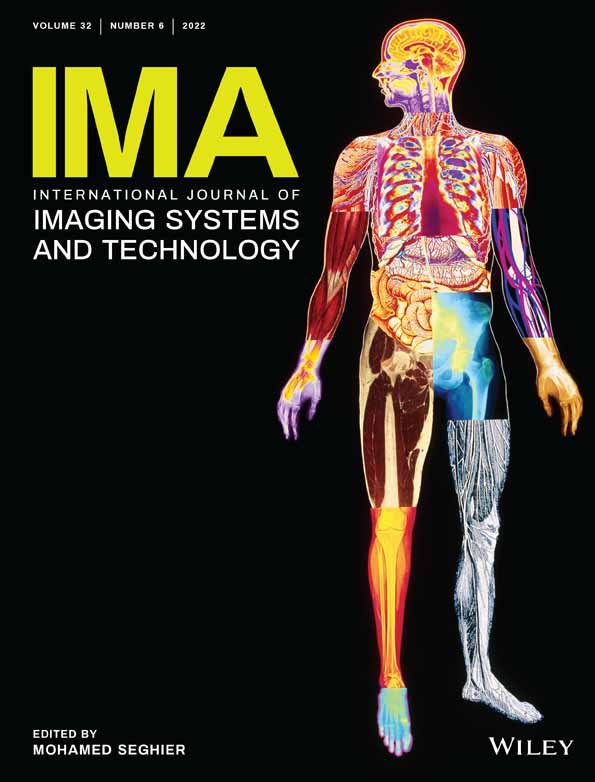Dense and shuffle attention U-Net for automatic skin lesion segmentation
Funding information: Innovation Capacity Construction Project of Jilin Province Development and Reform Commission, Grant/Award Number: 2021FGWCXNLJSSZ10; National Key Research and Development Program of China, Grant/Award Number: 2020YFA0714103; Science & Technology Development Project of Jilin Province,China, Grant/Award Number: 20190302117GX; Fundamental Research Funds for the Central Universities, JLU
Abstract
The segmentation of skin lesions is a critical step in the detection of skin cancer. However, it is also difficult because of unclear boundaries, various size and shape of skin lesions, the appearance of interference objects and different backgrounds in dermoscopic images. This study presents proposed multiple attention-based methods based on U-net architecture. At first, dense attention gates (DAG) are proposed to obtain the focus area of the feature map by capturing information through extern feature maps. Then, to extend the capability of capturing feature relationships of the DAG module. We introduced The shuffle attention module which can fuse two self-attention modules in a lightweight yet effective way. According to the experiments conducted on International Skin Imaging Collaboration (ISIC) 2017 and PH2 datasets, the proposed model can generate satisfactory segmentation results and great capability in practical computer-aided diagnosis systems.
CONFLICT OF INTEREST
The author declares no conflict of interest or personal relationships with other people and organizations regarding the publication of this article.
Open Research
DATA AVAILABILITY STATEMENT
The data that support the findings of this study are openly available in ISIC 2017 at https://challenge.isic-archive.com/data/ , reference number [17]. The data that support the findings of this study are openly available in PH2 at https://www.fc.up.pt/addi/ph2%20data base.html, reference number [17].




